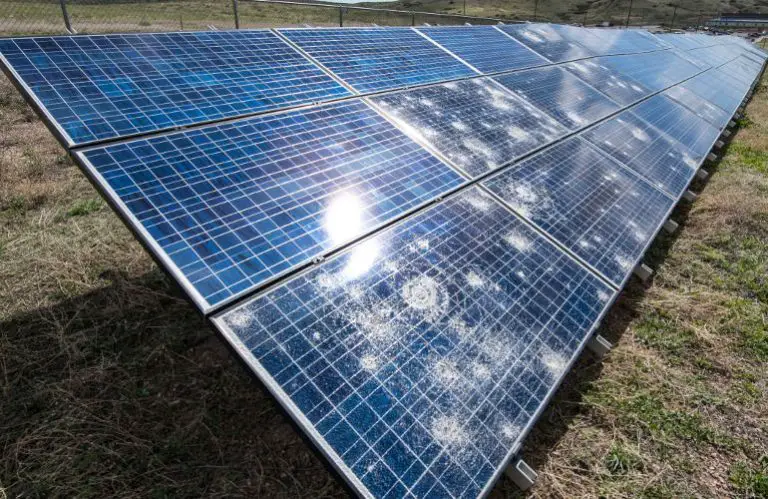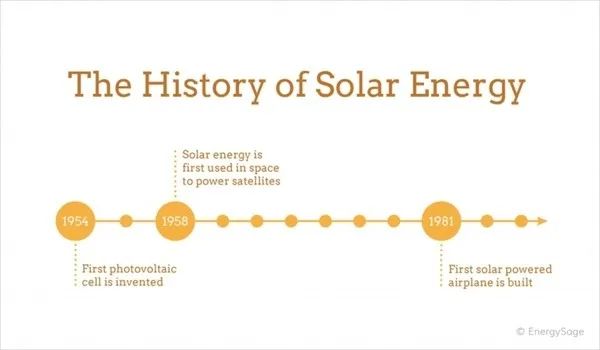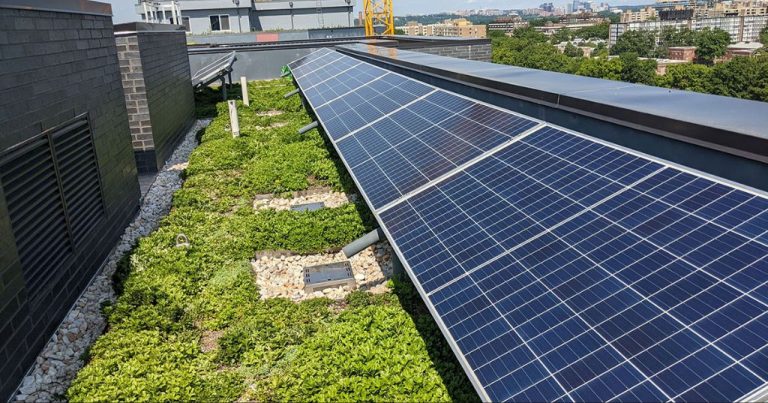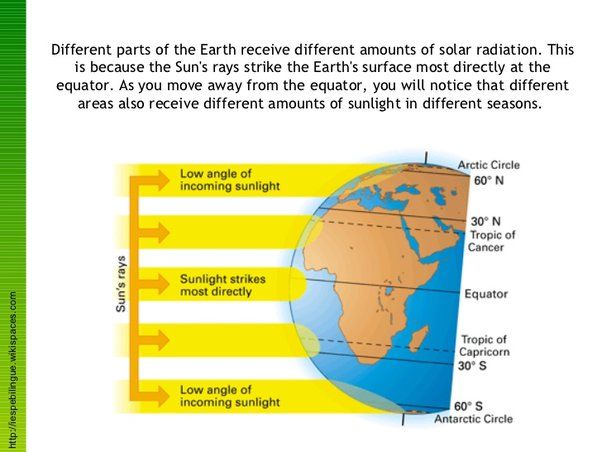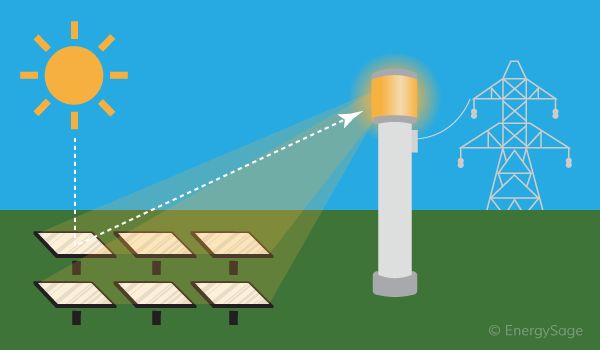Is Storing Solar Energy Difficult?
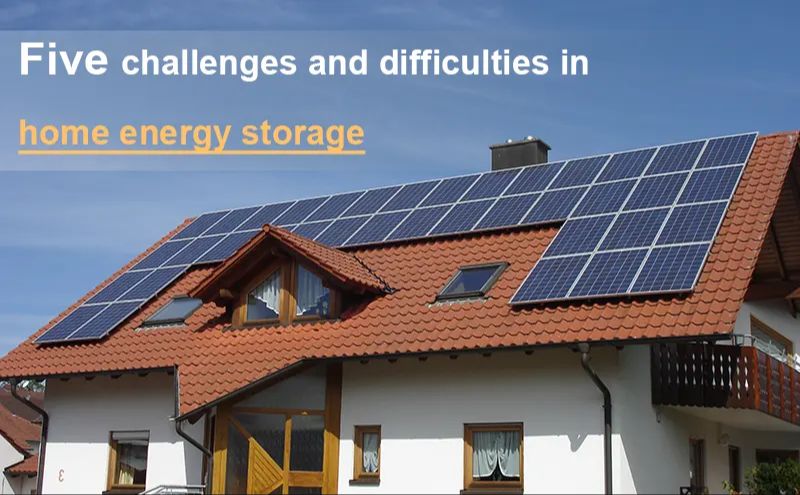
Solar energy is the radiant energy from the sun that is harnessed using photovoltaic panels or concentrated solar power systems. As a renewable energy source, solar power offers a sustainable alternative to fossil fuels and supports energy independence and security. However, a major challenge with solar energy is that it is an intermittent resource, only producing energy when the sun is shining. Effective energy storage solutions are therefore critical for enabling the widespread adoption of solar power.
When the sun is shining, solar panels can produce more electricity than needed. But that excess energy needs to be stored for use at night or on cloudy days. Batteries are one storage solution, but they are still limited in capacity. New technologies like pumped hydro and thermal storage offer ways to store solar energy on a large scale. The development of advanced and cost-effective storage will be key to solar energy becoming a truly reliable energy source.
How Solar Panels Work
Solar photovoltaic (PV) panels convert sunlight directly into electricity using the photovoltaic effect. PV panels are made up of photovoltaic cells which contain a photosensitive material, commonly silicon. When sunlight hits the solar panel, photons from the sunlight are absorbed by the silicon atoms, causing electrons to break free. The flow of these electrons produces a DC current that can then be converted into AC electricity for use in homes and businesses (https://www.solarschools.net/knowledge-bank/renewable-energy/solar/how-a-pv-cell-works).
The photovoltaic cells are wired together to form modules or panels. These panels can be linked together to form solar arrays that generate more electricity. The size of the solar array and amount of sunlight that hits the panels determines how much electricity is produced. Solar inverters are used to convert the DC current into AC current that can power lights, appliances and electronics (https://www.iberdrola.com/innovation/how-photovoltaic-solar-panels-work).
Why Energy Storage is Needed
One of the main challenges of solar power is its inherent intermittency due to reliance on both daily and seasonal cycles of sunlight (source). Solar panels are only able to generate electricity when the sun is shining, which means energy production fluctuates throughout the day and varies by season and geography. This intermittent generation profile is disruptive to traditional electricity grid operations that rely on controllable and predictable power output (source).
To overcome intermittency, excess solar energy needs to be stored when generation is high for use when generation is low. This enables solar to provide consistent power supply despite fluctuations in sunlight. Energy storage also allows solar power to be dispatched on demand just like conventional sources. The development of affordable and large-scale energy storage is therefore critical for enabling high renewable penetration and making solar power dispatchable (source).
Batteries for Storing Solar
One of the most common methods for storing solar energy is through the use of batteries like lithium-ion batteries. Batteries store the excess electricity generated by solar panels during the day so that it can be used at night or during cloudy weather. Lithium-ion batteries in particular are well-suited for solar energy storage because of their high energy density and efficiency. Companies like Discover and Vivint offer lithium-ion battery systems designed specifically for home solar energy storage.
However, batteries do have some limitations when used to store solar power. The amount of storage capacity is limited and batteries can be expensive, especially for large-scale storage. Batteries also degrade over time, requiring replacement every 5-10 years. And there are some efficiency losses when charging and discharging the batteries. So while batteries provide a convenient solution for short-term solar energy storage, other options may be better suited for large-scale, long-duration storage.
Pumped Hydro Storage
Pumped hydro storage is one of the leading ways to store energy from solar power. It works by using excess solar electricity during the day to pump water from a lower reservoir up to an upper reservoir. Then when solar production decreases but electricity demand is still high, the water can be released from the upper reservoir back down to the lower reservoir to spin a turbine and generate electricity.[1]“>[2][3]
The main benefits of using pumped hydro facilities for solar energy storage are:
- High storage capacity – Pumped hydro can store large amounts of energy efficiently.
- Long duration storage – Water can be stored for months with minimal losses.
- Fast ramp rates – Pumped hydro can switch quickly between generating and pumping modes to match demand.
- Proven technology – Pumped hydro has been used for energy storage for decades.
Some limitations of pumped hydro storage include:
- Geographic constraints – Suitable reservoir sites with different elevations are needed.
- High upfront costs – Major civil infrastructure projects require large capital investments.
- Environmental concerns – Building new reservoirs can impact local ecosystems and communities.
Overall, pumped hydro provides one of the most cost-effective and efficient ways to store the intermittent energy from solar panels, despite some geographical limitations.
Thermal Energy Storage
One way to store solar energy is through thermal energy storage using materials like molten salt. This approach relies on concentrated solar power systems that use mirrors or lenses to focus sunlight on a receiver containing a heat transfer fluid like molten salt. The salt is heated to high temperatures by the concentrated sunlight and then stored in insulated tanks. The thermal energy can later be used to generate steam to drive a turbine and produce electricity, even when the sun isn’t shining.
According to the U.S. Department of Energy, molten salt storage allows concentrated solar power systems to continue generating electricity for hours after sunset. Thermal storage significantly increases the value and practicality of concentrating solar power plants. Some main advantages of molten salt storage include:
- Allows energy to be stored for hours and dispatched when needed (https://www.energy.gov/eere/solar/thermal-storage-system-concentrating-solar-thermal-power-basics)
- Increases the capacity factor and dispatchability of concentrating solar power plants
- Can retain heat at high temperatures for long periods with minimal losses
Some disadvantages and challenges include:
- High upfront capital costs for storage system
- Additional energy losses during charging and discharging cycles
- Corrosiveness of high temperature molten salts
Researchers continue working to improve molten salt and other thermal storage materials and systems to be more cost-effective and efficient (https://news.mit.edu/2016/store-solar-heat-0107). Thermal storage provides a promising approach to addressing solar energy’s intermittency.
Hydrogen Storage
Hydrogen can be produced using excess solar energy through a process called electrolysis, which uses electricity to split water into hydrogen and oxygen.[1] The hydrogen can then be stored and used later as a clean fuel source. One of the main benefits of using hydrogen for energy storage is that it allows large quantities of energy to be stored for long periods of time.[2]
However, there are some challenges with hydrogen storage. Significant infrastructure would need to be built to produce, store, and distribute hydrogen fuel on a large scale. Technologies for hydrogen storage, such as high-pressure tanks, also need to be improved.[3] Nonetheless, hydrogen provides a promising method for leveraging solar power to create a storable, carbon-neutral fuel source.
Other Storage Methods
In addition to batteries, pumped hydro storage, thermal energy storage, and hydrogen storage, there are some other innovative methods being explored for storing solar energy, though they are not yet as commercially viable. These include compressed air energy storage, flywheels, supercapacitors, and superconducting magnetic energy storage (SMES). Compressed air energy storage works by using excess electricity to compress air in an airtight underground cavern or container. The pressurized air can then be released to drive a turbine and generate electricity when needed. Flywheels store rotational kinetic energy in a spinning mass that can be tapped to produce electricity on demand. Supercapacitors and SMES provide very short-term energy storage using electrostatic fields and magnetic fields respectively. While promising, these methods need further development and cost reductions before being deployed on a large scale.
Source: https://energy5.com/exploring-innovative-technologies-for-solar-energy-storage
Improving Storage Technology
As solar energy becomes a larger part of the global energy mix, improving the ability to store the energy produced by solar panels is a major area of research. According to a review article published in 2021, “after discussing the fundamental working principles, we focus on molecular design strategies for improving solar energy storage performance” (Wang et al.). The review discusses approaches like using photoisomers – molecules that can switch between two forms when exposed to light – to store solar energy.
MIT is one key player researching novel solar storage solutions. An interdisciplinary team at MIT developed a photo-enhanced rechargeable metal battery that can store solar energy efficiently for extended periods (Eurekalert). The battery uses light-absorbing molecules to boost charging capabilities. Startups like EnergyNest are also working on thermal energy storage solutions using eco-friendly phase change materials.
Conclusion
In this article, we explored the major challenges around storing solar energy. Though solar power itself is readily available, being able to effectively capture and store that energy is an ongoing difficulty. We discussed the limitations of using batteries to store solar energy, including their high costs and short lifespans. Other storage methods like pumped hydro, thermal storage, and hydrogen each have their own complexities as well. While innovations are being made, no perfect solution for storing solar energy at scale has been found yet.
Looking ahead, we can expect continued research and development around storage technologies for solar and renewable energy in general. With global interest in reducing reliance on fossil fuels and transitioning to clean energy, there are significant incentives to improve storage capabilities. Better batteries, grid integration, and new approaches we haven’t envisioned yet are all possibilities. The outlook is hopeful but there is still much work to be done to solve solar energy’s storage problem.

